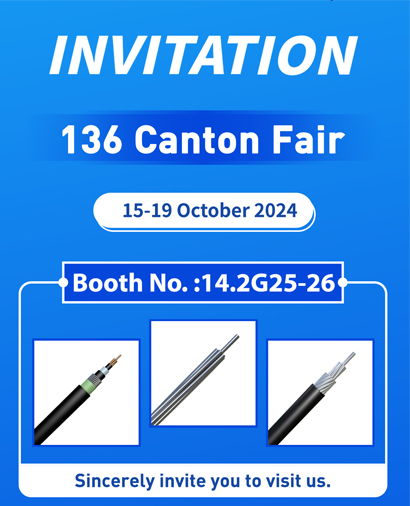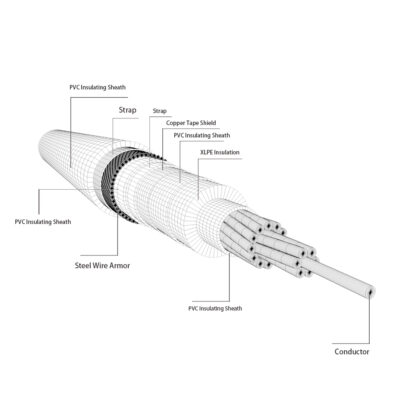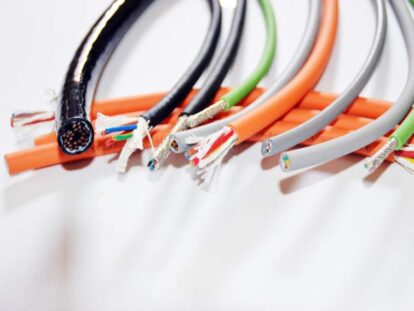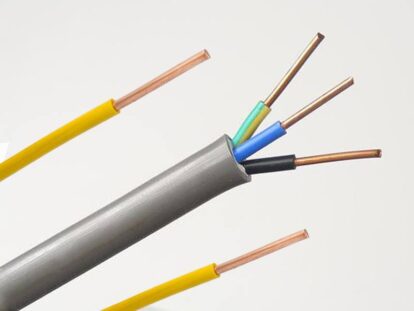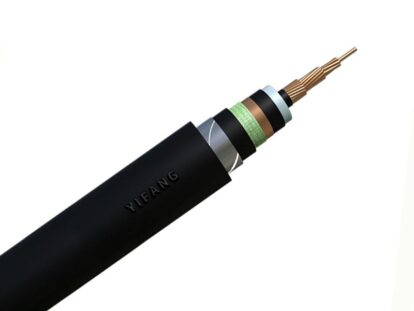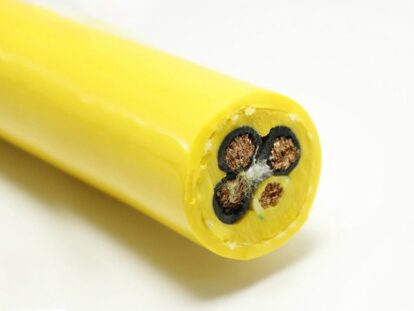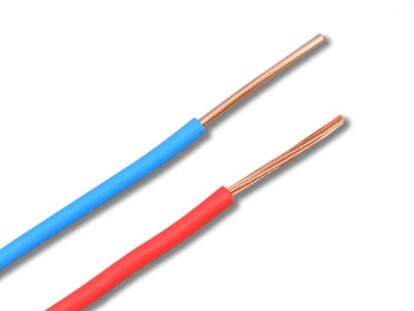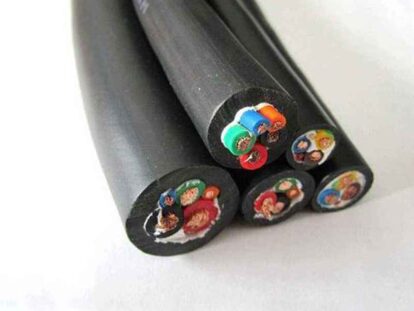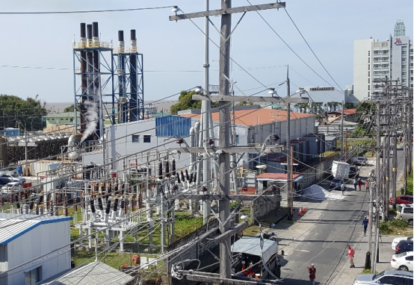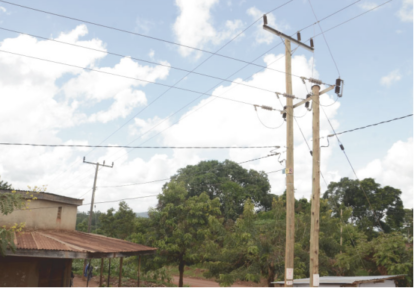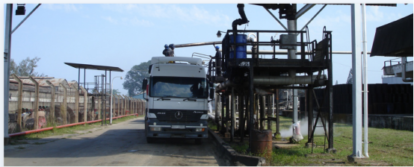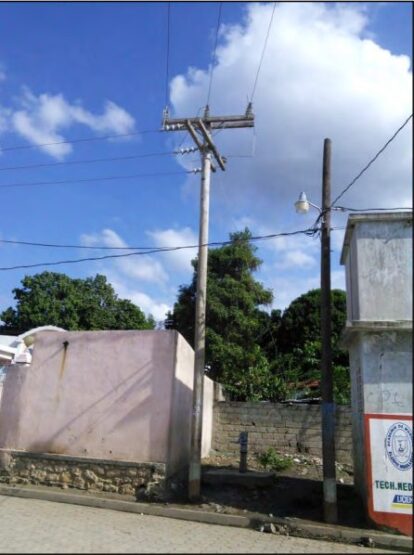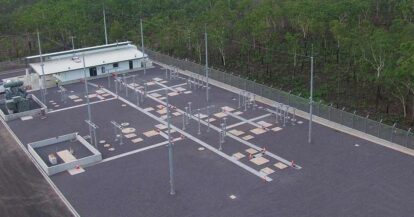IEC 61089 is an international standard for overhead wires formulated by the International Electrotechnical Commission (IEC), which specifies the structure, size, mechanical and electrical properties, test methods, etc. of various types of wires. IEC 61089 covers AAC, AAAC (all aluminum alloy conductor), ACSR (aluminum stranded steel core), ACAR (aluminum alloy stranded steel core), ACSW (aluminum stranded steel wire core) and other wires.
The AAC-IEC 61089 standard includes the following parts:
1. Scope and Definitions. This section describes the types and sizes of wire to which this standard applies, and defines various terms and symbols.
2. Structure. This part specifies the parameters such as the material, cross-sectional shape, twisting method, outer diameter, and nominal cross-sectional area of the AAC wire.
3. Mechanical properties. This part stipulates the minimum tensile strength, breaking load, elongation and other indicators of AAC wire at different temperatures.
4. Electrical properties. This part specifies the maximum DC resistance, AC resistivity, skin effect coefficient and other indicators of AAC wires at different temperatures.
5. Test method. This part specifies the requirements for the equipment, conditions, steps and result judgment required for the mechanical performance test and electrical performance test of AAC wires.
6. Inspection and acceptance conditions. This part stipulates the procedures, sampling methods, judgment basis and other requirements to be followed when carrying out factory inspection or delivery inspection of AAC wires.
According to the IEC 61089 standard, AAC consists of seven or more round hard drawn aluminum wires of the same nominal diameter twisted in concentric layers. Hard-drawn aluminum wire meets the requirements of Type A1 material, that is, the purity is not less than 99.7%. AAC is divided into multiple specifications and models according to different cross-sections, and each model has a code and a name.







